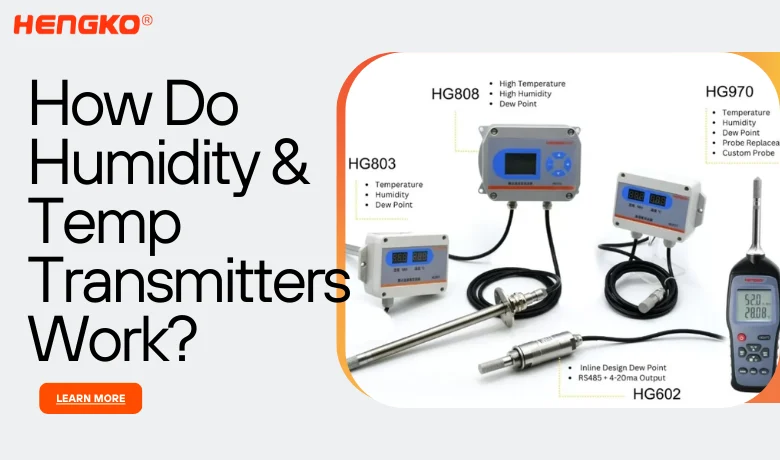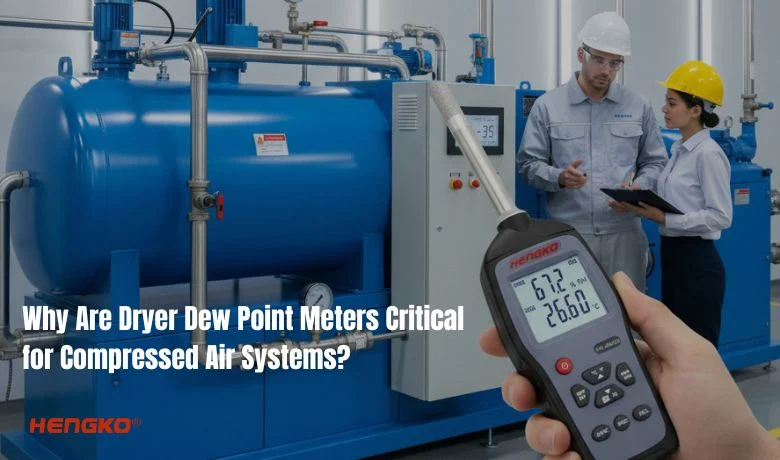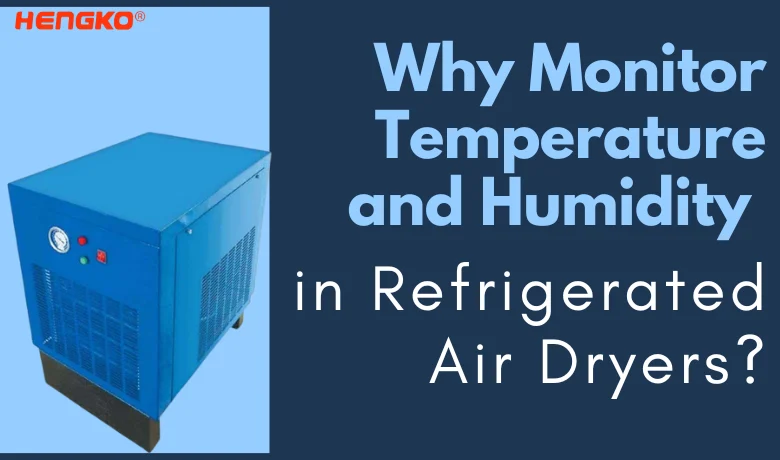Вступ
- Brief overview of the importance of humidity measurement in industrial applications.
- Mention how humidity affects product quality, equipment longevity, and operational efficiency.
- Introduce the focus of the blog: exploring five types of humidity measurement instruments.
Section 1: Capacitive Humidity Sensors
- Опис: Explain how capacitive sensors work (using dielectric material).
- Додатки: Common industries (e.g., HVAC, pharmaceuticals).
- Advantages: High accuracy, rapid response time, and durability.
- Considerations for Selection: Ideal environments and conditions for optimal performance.
Section 2: Resistive Humidity Sensors
- Опис: Overview of resistive humidity sensors and their mechanism (changes in electrical resistance).
- Додатки: Suitable uses in food processing and manufacturing.
- Advantages: Cost-effective and straightforward design.
- Considerations for Selection: Sensitivity to contaminants and temperature variations.
Section 3: Thermal Conductivity Sensors
- Опис: Explanation of how these sensors work (based on heat transfer principles).
- Додатки: Use in chemical processing and laboratory settings.
- Advantages: High precision and ability to measure very low humidity levels.
- Considerations for Selection: Compatibility with specific gases or mixtures.
Section 4: Hygrometers
- Опис: Types of hygrometers (e.g., psychrometers, digital hygrometers).
- Додатки: Various industries, including agriculture and research.
- Advantages: Versatile measurement options and ease of use.
- Considerations for Selection: Calibration needs and measurement range.
Section 5: Dew Point Meters
- Опис: Explanation of dew point measurement and its significance.
- Додатки: Importance in industries like oil and gas, and pharmaceuticals.
- Advantages: Critical for processes sensitive to moisture levels.
- Considerations for Selection: Environmental factors and required accuracy.
Висновок
- Recap the importance of selecting the right humidity measurement instrument.
- Encourage readers to assess their specific industry needs and consult with experts for optimal solutions.
- Call to action: Invite readers to reach out for consultations on humidity measurement solutions.





